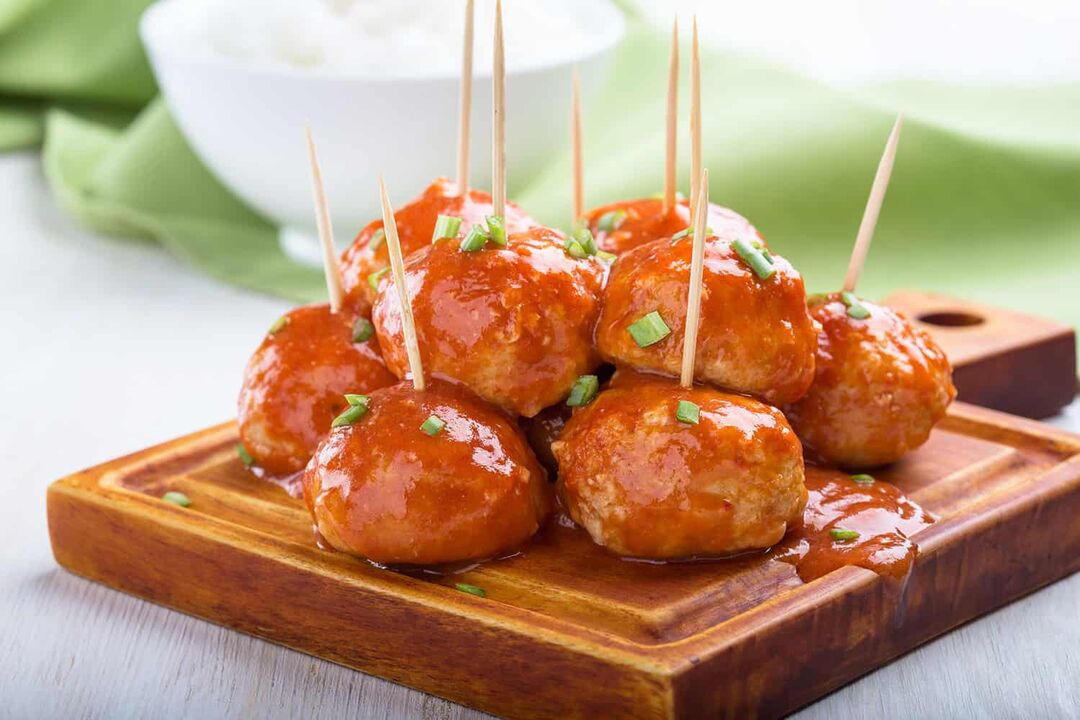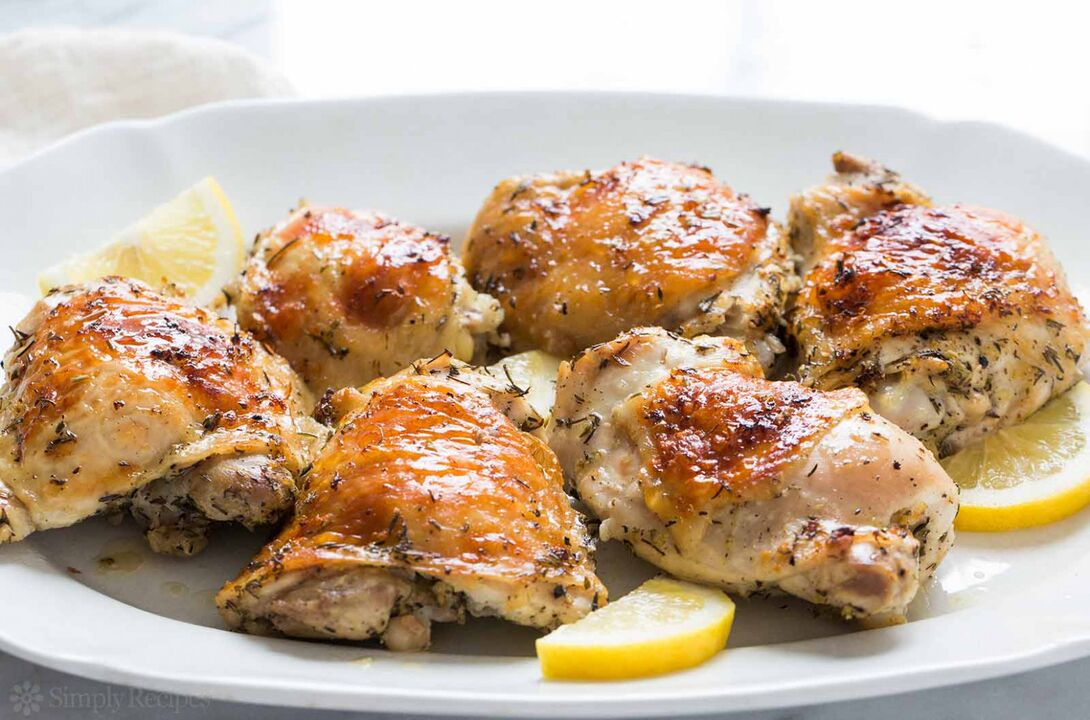A gluten-free diet is a health food in which all gluten-containing foods are excluded from the diet. This diet is prescribed for diseases of the endocrine and nervous systems, as well as for pathologies of the gastrointestinal tract.
Gluten (gluten) is a plant protein complex (prolamin, glutenin) found in cereals such as wheat, oats, rye, and so on.
Who is the diet indicated for?

Using a gluten-free diet is a prerequisite for treating conditions such as:
- celiac disease;
- glutenin intolerance (in severe and atypical form);
- irritable bowel syndrome;
- autism, epilepsy, multiple sclerosis;
- anemia in children under 3 years.
The use of foods with gluten for diseases of the gastrointestinal tract and neurological pathologies can lead to the following consequences:
- It causes chronic inflammation of the small intestine, as a result of which pathogenic bacteria and toxins enter the bloodstream.
- Violates the balance of the intestinal microflora and leads to an increase in the reproduction of pathogenic bacteria.
- It interferes with the digestive process as a result of the adhesion of the villi to the walls of the small intestine, which are designed to digest and assimilate proteins, fats and carbohydrates.
- Causes autoimmune diseases due to the fact that the immune system releases antibodies against gluten molecules, which attack not only the digestive tract, but also proteins similar to gluten in the cells of the thyroid gland, heart and nervous system. This is how autoimmune thyroiditis, type 1 diabetes mellitus, dermatitis, infertility, and early menopause occur.
The presence of gluten-containing foods in the diet is manifested by constant stool disorders (constipation, diarrhea), flatulence, frequent edema, caries, as well as the constant appearance of ulcers on the oral mucosa and skin rashes.
In most cases, gluten intolerance leads to iron deficiency anemia, which is manifested by constant fatigue, brittle nails, hair loss, and being underweight.
List of allowed and prohibited products
In order to maintain a gluten-free diet, two categories of foods were excluded from the diet: those with high gluten content (eg, whole wheat bread) and those with hidden gluten (eg, mayonnaise, ketchup, etc. ).
On a gluten-free diet, the following foods are excluded from the diet:
- cereals, namely oats, rye, oats, barley;
- products from this cereal flour, including breads, lavash, cakes, pastries, whole grain breads;
- cereals (oatmeal, rolled oats, bulgur, pearl barley);
- the bran of this cereal;
- products with a small amount of wheat flour in the composition (stock cubes, soy sauce, buckwheat noodles, sausage and canned food, crab sticks, mayonnaise, tomato sauce, tea bags, yogurt, ice cream);
- chocolate, shop jam, caramel;
- kvass, beer and other alcoholic beverages made from cereals;
- coffee with flavors and additives, decaffeinated coffee;
- products with "trace gluten" due to production, i. e. table vinegar, food flour, semolina, some types of cheese, dry herbs and spices, and so on.
Due to the presence of hidden gluten in the diet, the diet will be ineffective, since the inflammatory process in the intestines does not stop even with an insignificant amount of gluten in the diet. It is important to carefully study the composition of the product on the packaging. Some manufacturers label their labels as "Contains Traces of Gluten".
If you follow a gluten-free diet, you can include gluten-free foods in your diet, namely:
- vegetables and fruits;
- beans, soybeans;
- buckwheat, sorghum, quinoa, flax, rice;
- milk and dairy products from home production;
- meat and fish;
- seafood;
- vegetable and animal fats;
- yeast, spices, soy sauce.
Gluten Free Weekly Diet Menu

Sample menu for a week should consist of 4 or 5 meals every 2-3 hours. A diet on a gluten-free diet may consist of cereals, vegetables, meat and cottage cheese dishes, and fruits and berries used as snacks.
Monday
- Breakfast: cottage cheese with bananas and berries, tea;
- Lunch: buckwheat soup with meatballs, pilaf, tomato salad;
- Afternoon snack: apples, 25 grams of nuts;
- Dinner: cut with vegetable salad.
Tuesday
- Breakfast: rice porridge, coffee with soy milk;
- Lunch: broccoli puree soup, gluten-free pork dumplings;
- Afternoon snack: banana, 5 almonds;
- Dinner: cottage cheese casserole with berries.
Wednesday
- Breakfast: cottage cheese and banana cottage cheese pancakes, cocoa in almond milk;
- Lunch: tomato soup, meatballs in broth, vegetable salad;
- Afternoon snack: 3 tangerines, pumpkin seeds;
- Dinner: roast duck, fresh vegetable salad.
Thursday
- Breakfast: omelet with herbs and cheese, tea;
- Lunch: Rice soup with meatballs, gluten-free bread, grilled fish with broccoli;
- Afternoon snack: 150 grams of raspberries, walnuts;
- Dinner: cheesecake with bananas, sour cream.
Friday
- Breakfast: corn tortillas with banana puree, compote;
- Lunch: fish soup, vegetable soup, grilled chicken with herbs;
- Afternoon snack: fruit puree with homemade yogurt;
- Dinner: cottage cheese casserole and berry sauce.
Saturday
- Breakfast: pumpkin porridge, coffee;
- Lunch: borscht, veal cabbage rolls, green salad;
- Afternoon snack: various fruits;
- Dinner: cottage cheese with honey.
Sunday
- Breakfast: hummus with carrots and peppers, tea;
- Lunch: okroshka with homemade kefir, fish casserole, salad;
- Afternoon snack: strawberries, currants, raspberries;
- Dinner: French meat, pepper and tomato salad.
For a child

A gluten-free diet is a must for children with celiac disease, autism and gastrointestinal disease. For additional indications (for example, iron deficiency anemia and other pathologies of nutrient absorption), a gluten-free diet is prescribed to children under 3 years of age.
Gluten-free food for children is not only healthy, but also delicious, because, despite a number of flour and cereal products, many vegetables, fruits, meat and fish dishes remain in the child's diet.
Sample menu for children for 3 days:
Day 1
- Breakfast: omelet with rice porridge, banana;
- Lunch: cheesecake topped with fruit, compote;
- Lunch: borscht with sour cream and gluten-free croutons, candied dried fruit;
- Afternoon snacks: chicken meatballs, fresh vegetable salad;
- Dinner: homemade cake with honey, milk.
Day 2
- Breakfast: sweet rice casserole with banana and strawberries;
- Lunch: homemade noodles, compote;
- Lunch: buckwheat soup with meatballs, fruit jelly;
- Afternoon snack: fruit;
- Dinner: cottage cheese with nuts and honey.
3rd day
- Breakfast: millet porridge with pumpkin, compote;
- Lunch: berry jelly, gluten-free muffin;
- Lunch: soup with broccoli, zucchini and potatoes with herbs, stew, apples;
- Afternoon snack: cottage cheese casserole with oranges, compote;
- Dinner: minced meat and rice balls, homemade tomato juice.
An important condition for proper digestion and movement of food through the digestive tract during a gluten-free diet is the use of vegetable fiber from fruits, vegetables and cereals.
Slimming
Losing weight on a gluten-free diet occurs by eliminating fast, gluten-containing carbohydrates from the diet. In this case, it is necessary to take into account the calorie content of the product.
A gluten-free diet for weight loss will help reduce weight by 2-3 kilograms per week, provided that the optimal daily calorie intake is optimal, there is no overeating and the following principles are observed:
- eat food 4 times a day without snacks;
- drink 1. 5-2 liters of water per day;
- there is a fair amount of fresh vegetables and dairy products;
- limit the use of cereals to 200 grams (raw) and high-calorie nuts to 25 grams per day;
- exclude the use of sugar, pure fructose and any sugar substitutes, as all these products provoke an increase in appetite;
- do not eat 3 hours before bedtime.
After completing the diet, limit the use of baked goods, sweets, and sodas with sugar, as sugar and white flour cause rapid weight gain.
delicious recipe

The gluten-free diet usually consists of meat, vegetable and dairy dishes. To expand your diet, you can use gluten-free recipes and baked goods using a variety of gluten-free flours.
Chicken breast meatballs with mashed potatoes
Cooking requires 1-2 chicken breasts, salt, black pepper, oil for frying, 0. 5 kg of potatoes, 50 grams of sour cream for the sauce.
Peel the potatoes, add water, salt and boil until tender. At this time, the breast should be washed, cut into thin slices across the fibers, beat each part on both sides, salt and pepper.
Drain the water from the pot with the finished potatoes, add sour cream and puree in a blender. Put the mashed potatoes on a plate, sprinkle with dill and start cooking the meat.
The meat is cooked in a hot pan with butter, fry the meat on both sides for 2-4 minutes. It is important not to dry the meat, as the meat will become dry and tough.
Chicken meatballs are placed on top of the side dish as soon as they are cooked and served.
Rice flour sponge cake in slow cooker
To prepare the biscuits, you will need 6 eggs, 180 grams of sugar, 150 grams of rice flour, vanillin, lemon zest, butter or vegetable oil for lubrication.
First of all, it is necessary to separate the whites from the yolks and intensively beat the yolks with sugar and vanilla for 4-5 minutes, until the sugar dissolves and the volume of the mixture doubles. Then, in a separate bowl, the whites are knocked down for 8 -10 minutes into a dense foam. After that, add the lemon zest and rice flour to the egg yolks and mix well with a spoon. Gradually, the protein is introduced into the dough until the mass becomes homogeneous.
The bowl for the multicooker is greased with oil, the dough is poured and put in baking mode for 40-50 minutes, depending on the model of the multicooker. Check the readiness of the biscuits with a match.
Gluten Free Corn Flour Muffins
To make muffins, you need 170 grams of cornstarch, 90 grams of cornstarch, three eggs, 100 ml of milk, 100 grams of butter, 150 grams of sugar, one tablespoon of baking powder, and vanillin.
First you need to mix the dry ingredients: flour, starch, baking powder. Next, in a separate bowl, you need to beat the eggs, sugar and vanillin until the sugar dissolves and foam appears, add softened butter, warm milk and beat again. Next, you need to mix all the ingredients until smooth and pour it into the mold.
Muffins are baked in a preheated oven at 180 degrees for 20 minutes.
In order for a gluten-free diet to be effective, it is necessary to completely eliminate prohibited foods and adhere to dietary principles throughout life.














































































